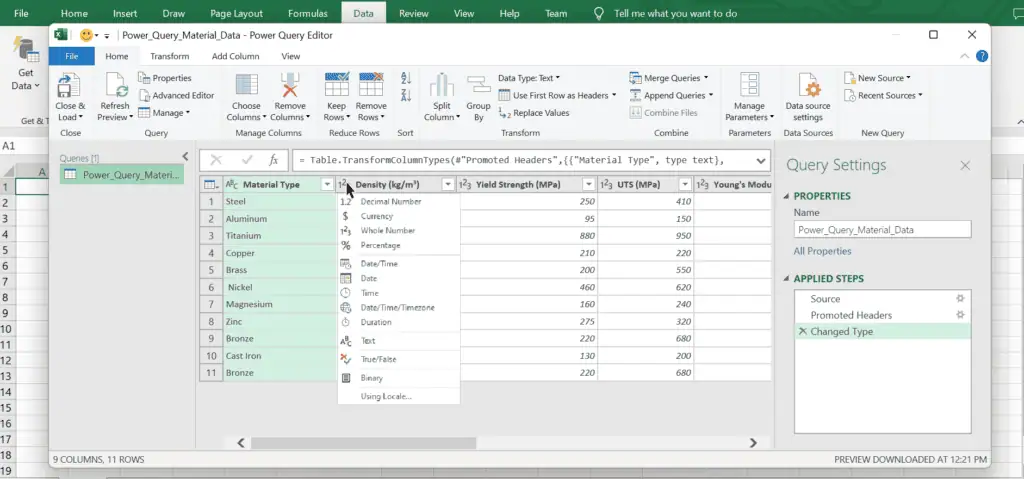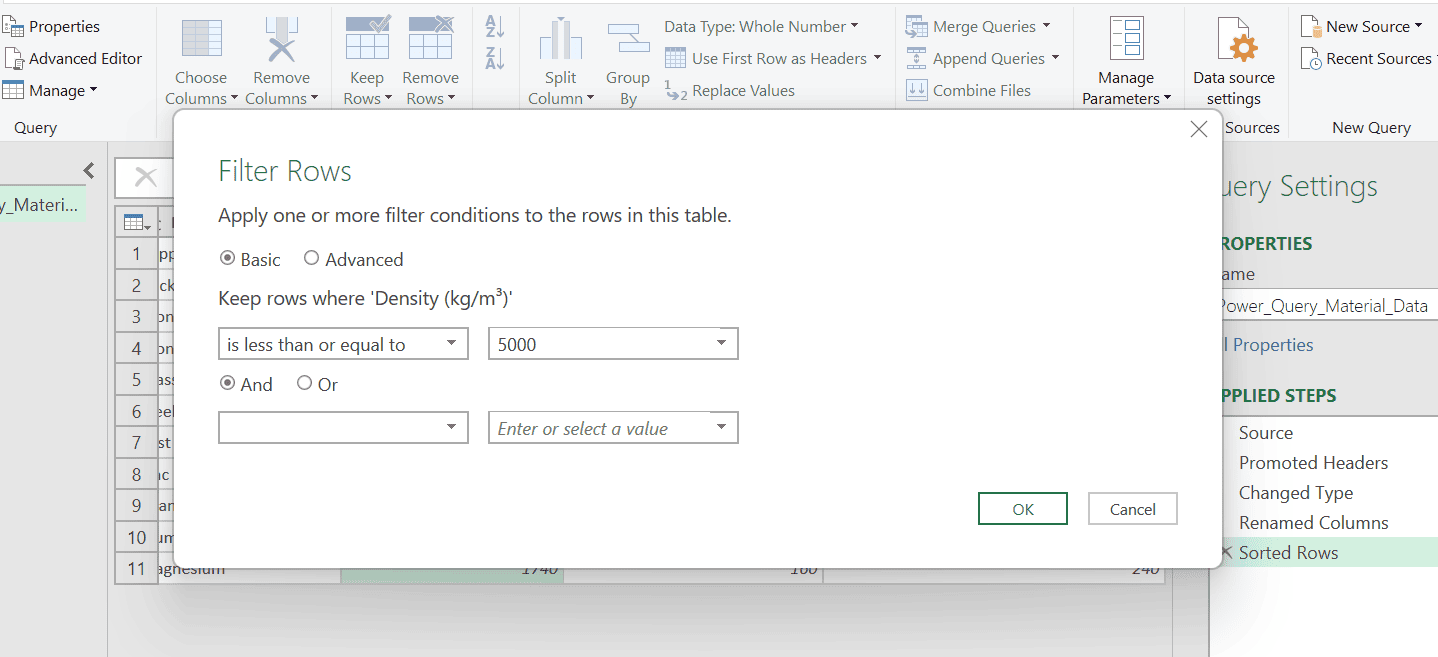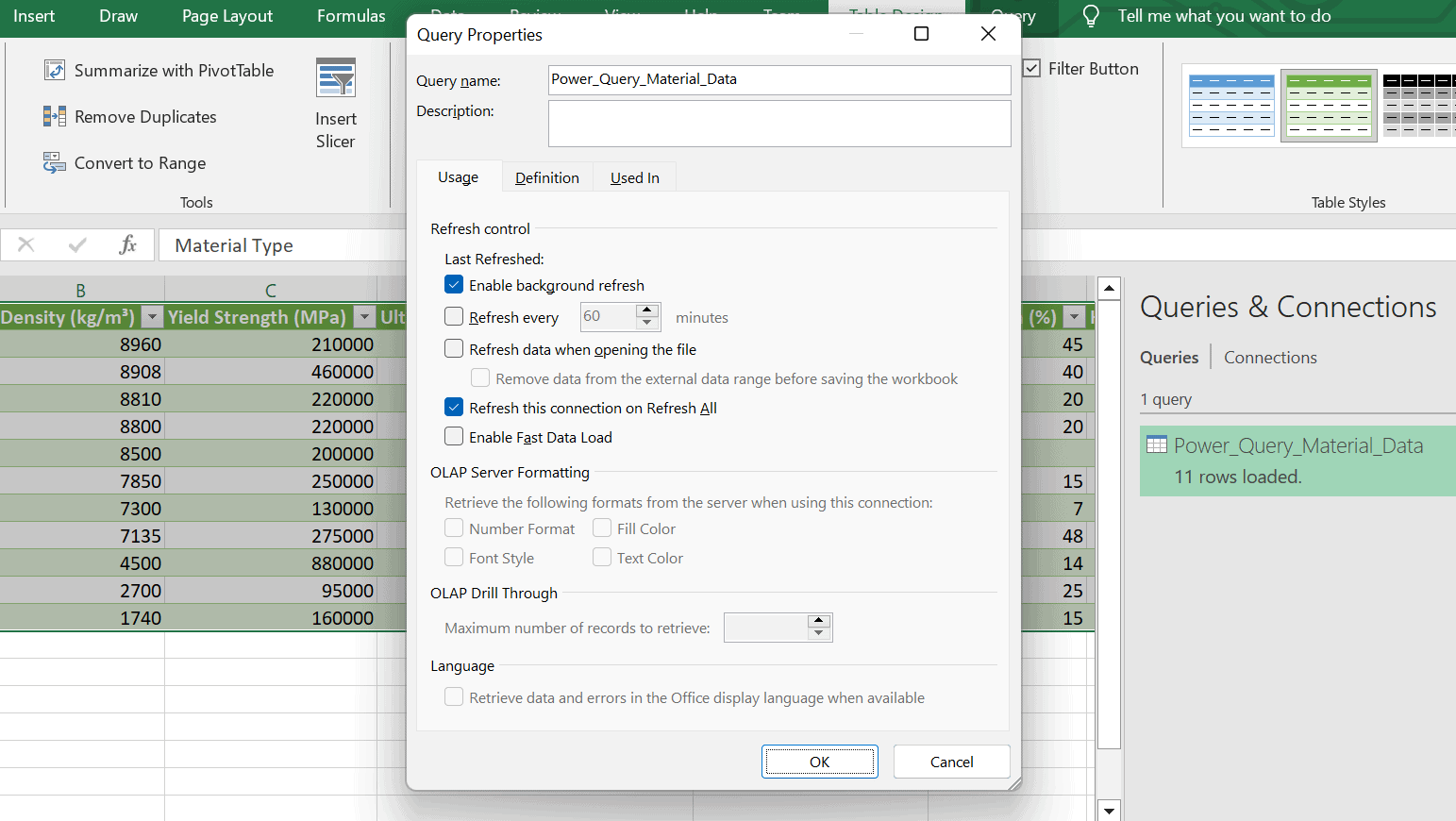Power Query is an extremely powerful tool for efficient data analysis and decision-making processes. However, even the most experienced among us can sometimes overlook simple mistakes that could lead to significant setbacks in our projects. In this post, I’ll guide you through these potential missteps so that your engineering projects run smoother than ever!
Mistake #1: Not Verifying Data Types Upon Import
Why This Happens
When you import data into Excel, especially using Power Query, it’s easy to assume that Excel will automatically recognize and assign the correct data types—whether text, date, or numeric formats. This assumption often stems from a combination of over-reliance on software intelligence and perhaps a bit of haste to get to the analysis phase. It’s easy to miss this step when you are trying to be efficient!
How to Avoid It
To prevent issues related to incorrect data types (such as dates being interpreted as text or numbers not calculating as expected), you should manually verify and adjust the data types as soon as you import your dataset. In Power Query Editor, you can easily change the data type of each column by selecting the desired type from the dropdown menu in each column header. For instance:

Elevate Your Engineering With Excel
Advance in Excel with engineering-focused training that equips you with the skills to streamline projects and accelerate your career.

Mistake #2: Overlooking Filters for Data Cleaning
Why This Happens
Data cleaning is such an important step in preparing your dataset for analysis. However, you might skip applying filters during this process due to underestimating the amount of inconsistent or irrelevant data present. Oversights like this can lead to skewed results and misinterpretations.
How to Avoid It
Utilize Power Query’s filtering capabilities to exclude irrelevant or erroneous records before they reach your final dataset. You can apply filters directly within Power Query Editor by clicking on the dropdown arrow next to each column name and selecting or deselecting values as needed. Or, you can filter based on a number and select only those rows containing a value less/greater than a target value, between two values or some other combination:

Mistake #3: Ignoring the Potential of Merging Queries
Why This Happens
Merging queries is a powerful feature that allows you to combine information from different sources or tables based on common keys. Engineers might ignore this potential either because they’re unaware of its capabilities or they believe it’s too complex for their needs.
How to Avoid It
Don’t underestimate the power of merging queries! It can significantly enrich your dataset by bringing together related information from different sources. To merge queries in the Power Query Editor:
- Go to Home > Merge Queries.
- Select the primary table and then choose a secondary table.
- Choose a matching key column from both tables.
- Select how you want the tables merged (e.g., Inner Join, Outer Join).
Mistake #4: Misusing or Overusing Calculated Columns
Why This Happens
Calculated columns are useful for adding new dimensions or metrics derived from existing data within your table. However, misuse occurs when these calculations become overly complex or redundant across multiple columns—impacting performance and readability.
How to Avoid It
Before adding a calculated column, ask yourself if this calculation could be more efficiently performed at another stage (e.g., during initial data transformation) or if it’s necessary at all for every row of your dataset.

Mistake #5: Forgetting to Refresh Data Regularly
Why This Happens
Once an Excel model is built and running smoothly, there’s a temptation just to let it be. It’s easy to forget or neglect regular data refreshes due either to oversight or simply misunderstanding how dynamic datasets can be—especially when pulling data from external sources.
How to Avoid It
Set reminders or automate refreshes where possible within Excel’s Data tab under Queries & Connections options. When your datasets are up to date you can be sure that decisions are made based on current information rather than outdated figures.

Discover More on Power Query Basics
This blog post is a small taste of what’s covered in our course on Power Query Basics, available exclusively to EngineerExcel Academy members. For a deeper dive into enhancing your Excel skills for engineering applications, you can learn more and join us at EngineerExcel Academy.
